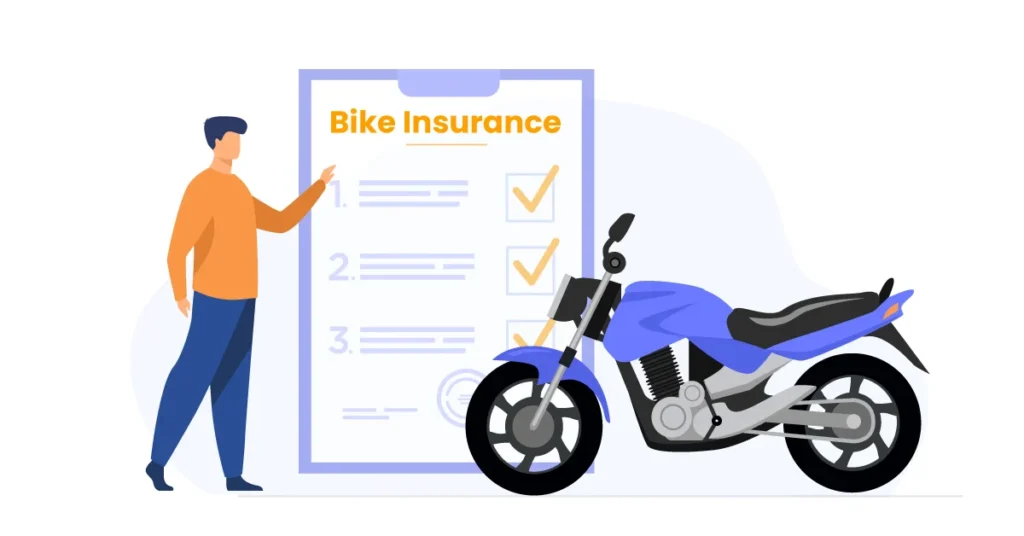
Introduction: Bike insurance, also known as motorcycle insurance or motorbike insurance, is a crucial financial product that provides coverage and protection for motorcycle owners against various risks, including accidents, theft, and liability. Whether it’s a commuter bike, sports bike, cruiser, or touring motorcycle, having adequate insurance coverage is essential for ensuring financial security and peace of mind while riding on the road. In this comprehensive guide, we will delve into the fundamentals of bike insurance, including its importance, types, coverage options, considerations, and factors to consider when purchasing a policy.
Understanding Bike Insurance:
- Definition and Purpose: Bike insurance is a contract between a motorcycle owner and an insurance company, where the insurer agrees to provide financial protection and coverage for specified risks associated with owning and operating a motorcycle. It serves as a safety net, helping motorcycle owners mitigate the financial consequences of accidents, theft, damage, and liability claims.
- Coverage Components: a. Third-Party Liability Coverage: Third-party liability coverage protects motorcycle owners against legal liability for bodily injury or property damage caused to third parties in accidents where the insured rider is at fault. It covers medical expenses, property repair or replacement costs, legal fees, and court judgments. b. Collision Coverage: Collision coverage provides compensation for damage to the insured motorcycle caused by collisions with other vehicles, objects, or obstacles, regardless of fault. It covers repair or replacement costs up to the actual cash value of the motorcycle, minus the deductible. c. Comprehensive Coverage: Comprehensive coverage offers protection against non-collision related risks, such as theft, vandalism, fire, natural disasters, falling objects, and animal collisions. It covers repair or replacement costs for the insured motorcycle, minus the deductible. d. Personal Injury Protection (PIP): Personal injury protection, also known as medical payments coverage, reimburses motorcycle owners and passengers for medical expenses resulting from injuries sustained in accidents, regardless of fault. It covers medical treatment, hospitalization, rehabilitation, and funeral expenses.
Types of Bike Insurance:
- Third-Party Liability Insurance: Third-party liability insurance is the minimum legal requirement for motorcycle owners in most jurisdictions, providing coverage for bodily injury and property damage liability to third parties. It does not cover damage to the insured motorcycle or injuries sustained by the policyholder.
- Comprehensive Insurance: Comprehensive insurance offers the most extensive coverage for motorcycle owners, protecting against a wide range of risks, including theft, vandalism, fire, natural disasters, and collision damage. It provides peace of mind and financial security, especially for valuable or high-end motorcycles.
- Collision Insurance: Collision insurance focuses on covering damage to the insured motorcycle caused by collisions with other vehicles, objects, or obstacles, regardless of fault. It is particularly important for motorcycle owners who want protection against repair or replacement costs in the event of accidents.
- Uninsured/Underinsured Motorist Coverage: Uninsured/underinsured motorist coverage provides compensation to motorcycle owners and passengers for bodily injury and property damage caused by uninsured, underinsured, or hit-and-run drivers. It ensures that motorcycle owners are financially protected even if the at-fault party lacks sufficient insurance coverage.
- Accessories Coverage: Accessories coverage provides additional protection for aftermarket parts, accessories, and customization added to the insured motorcycle, such as custom paint, exhaust systems, saddlebags, and electronic devices. It ensures that motorcycle owners receive compensation for damage to or theft of accessories beyond standard coverage limits.
- Gap Insurance: Gap insurance covers the difference between the actual cash value of the insured motorcycle and the amount owed on a loan or lease in the event of a total loss due to theft or severe damage. It protects motorcycle owners from financial loss and ensures that they are not left with outstanding debt after an insurance payout.
Pages: 1 2
